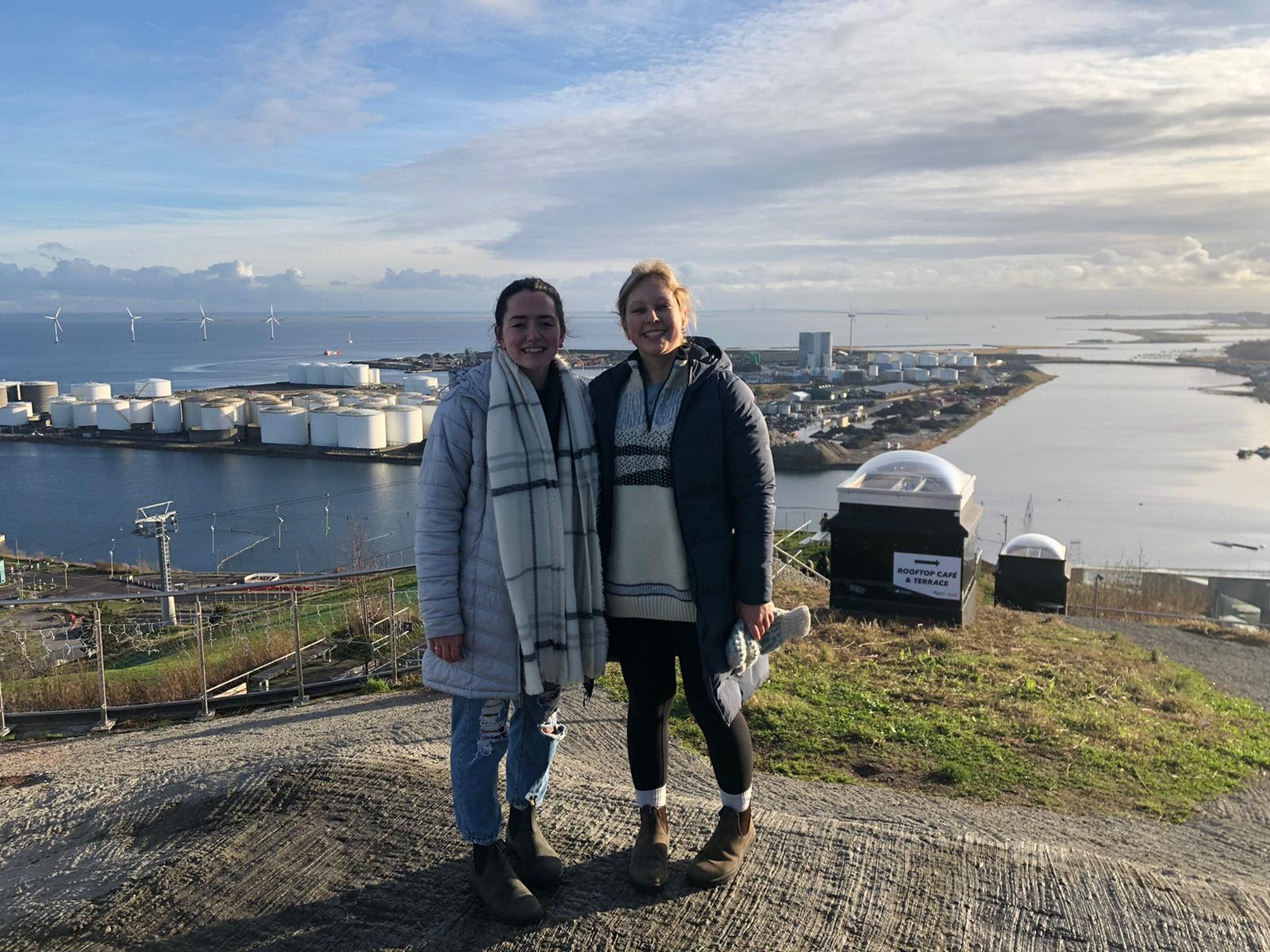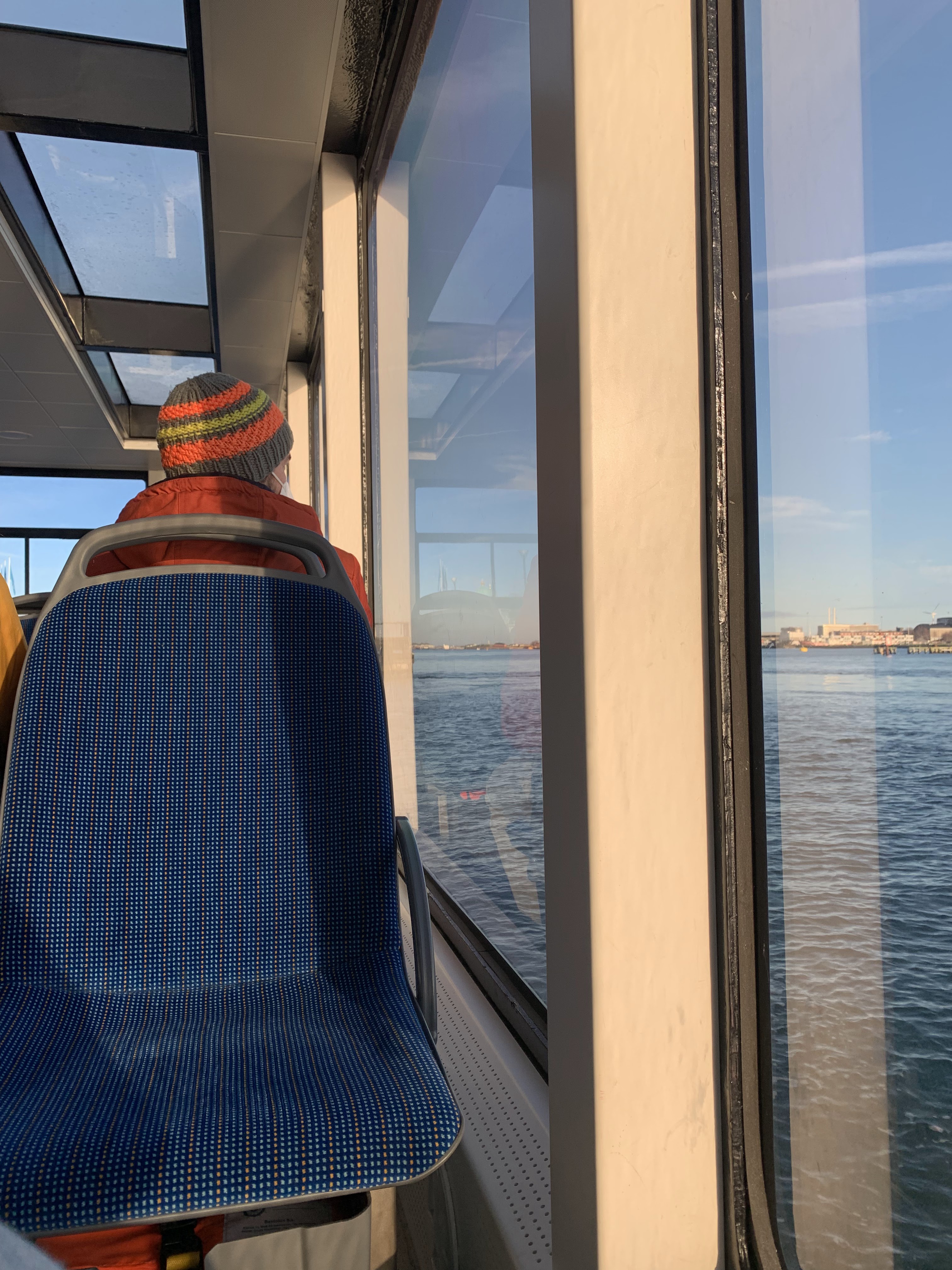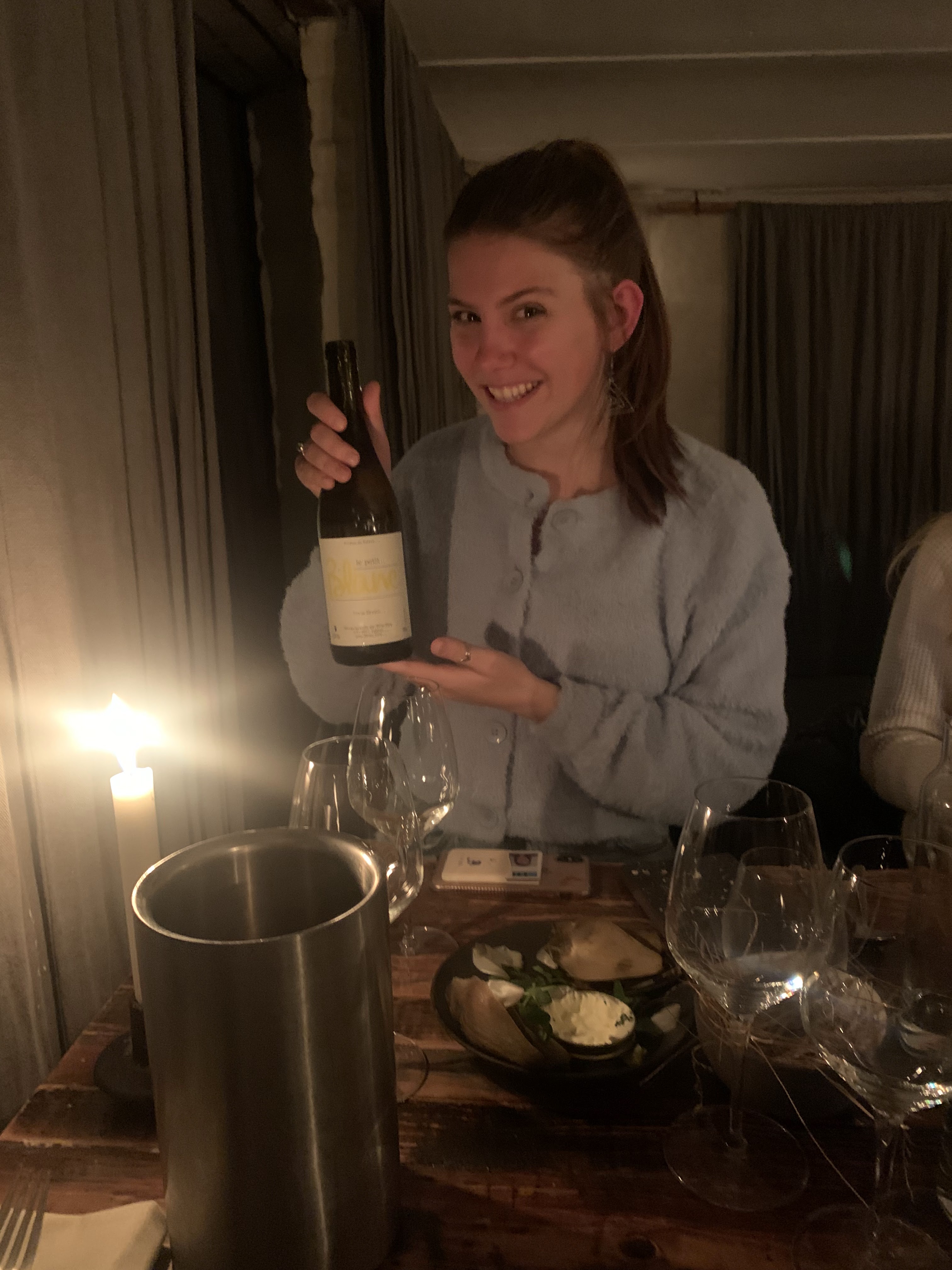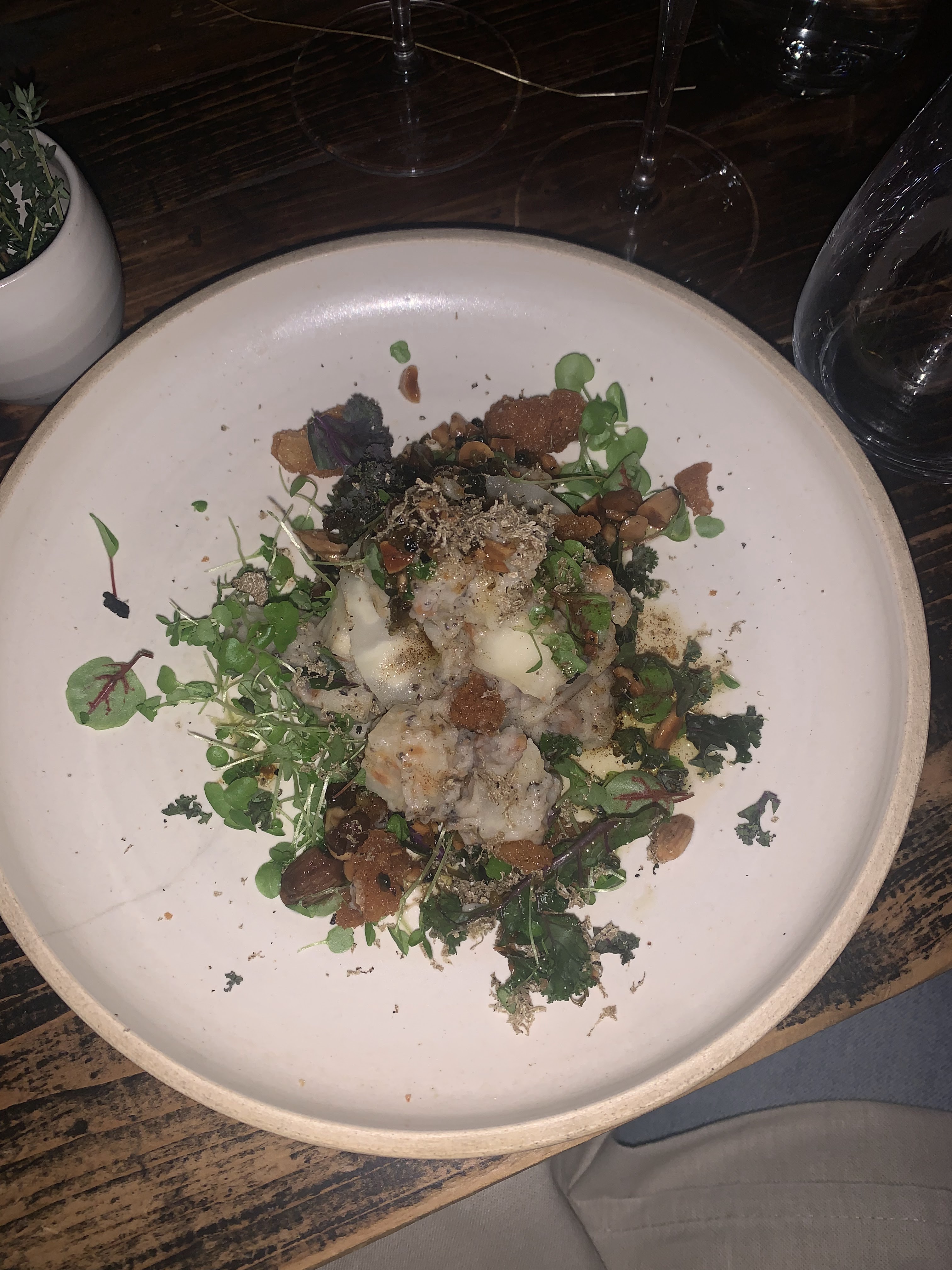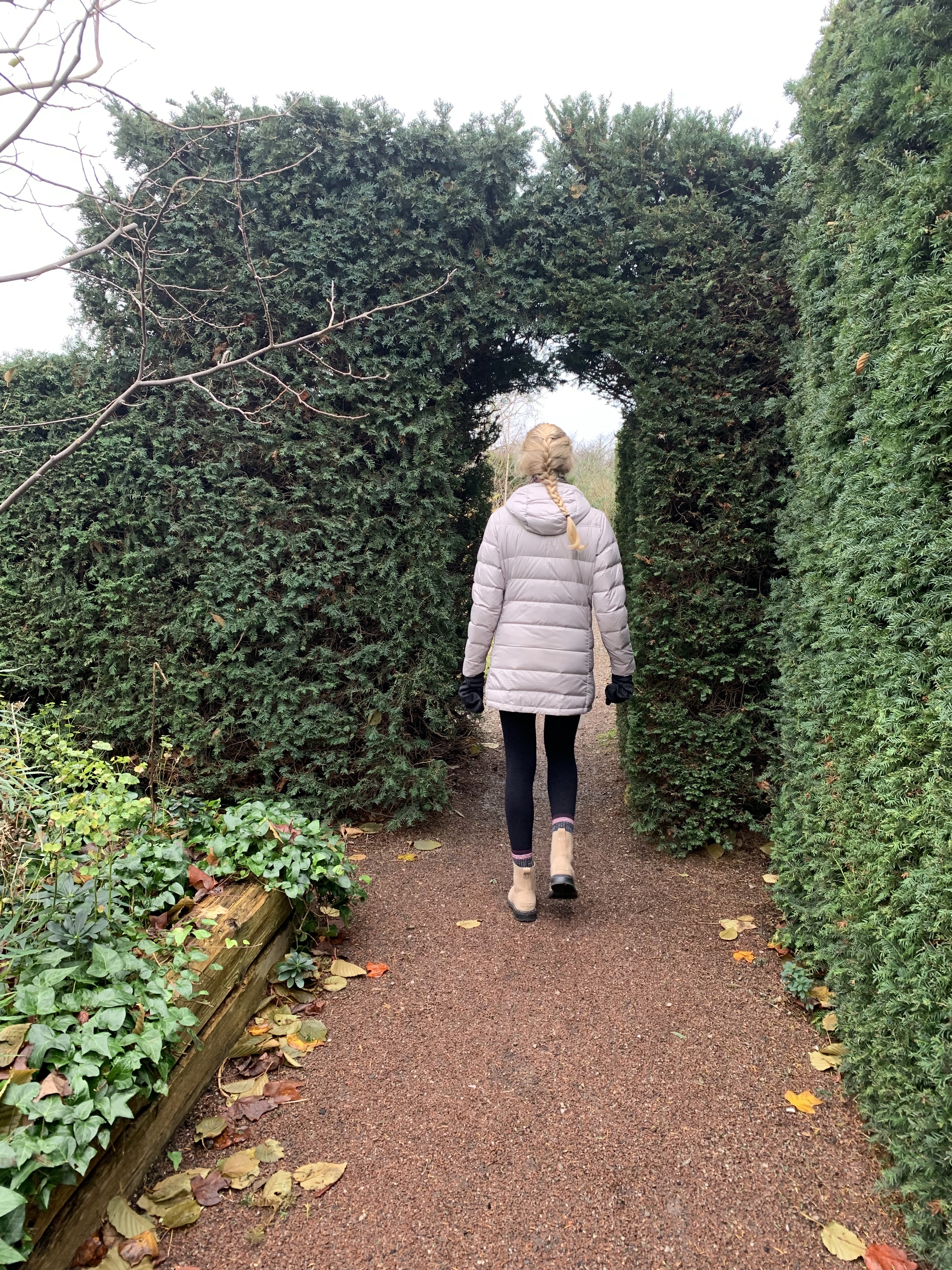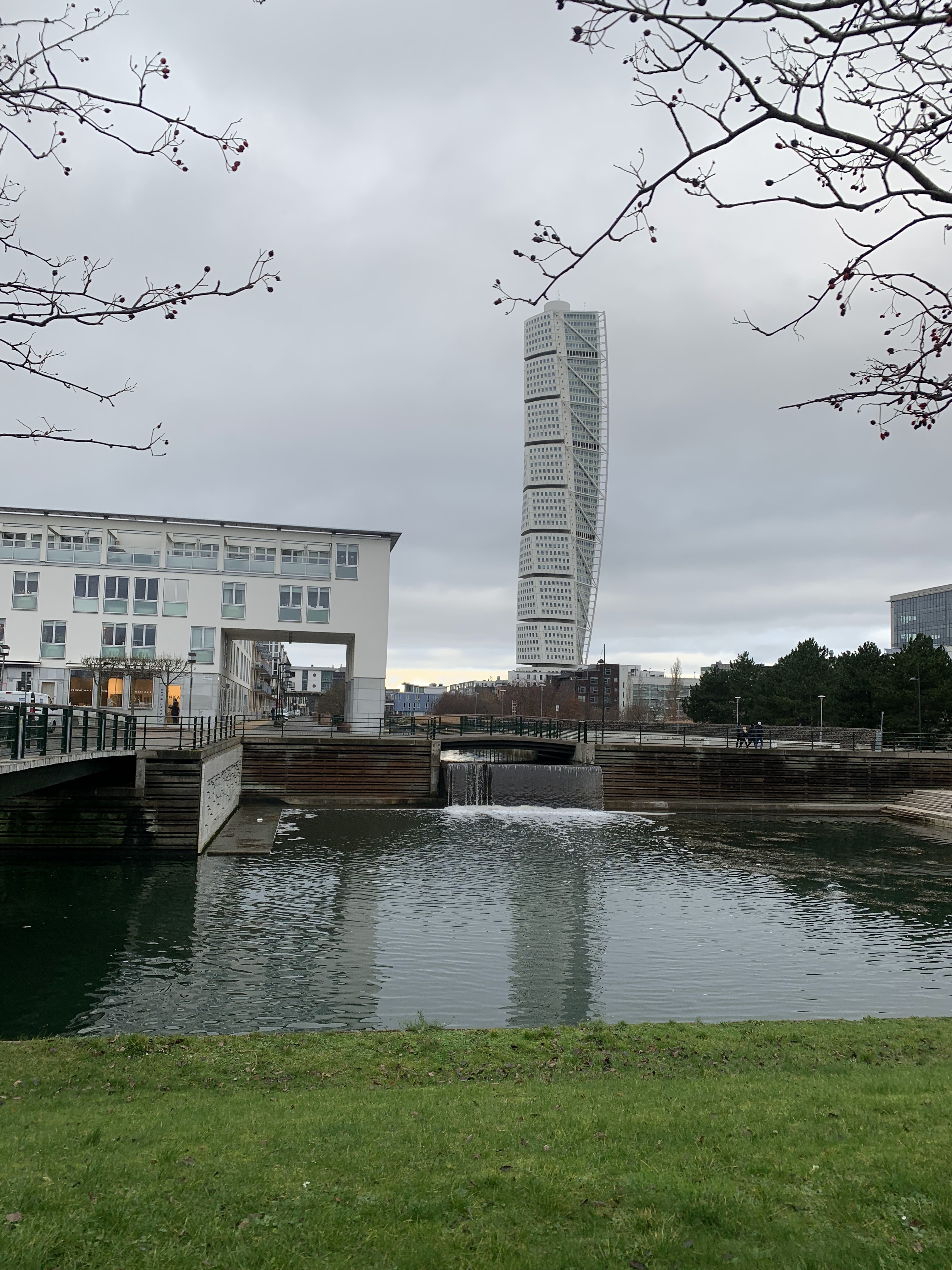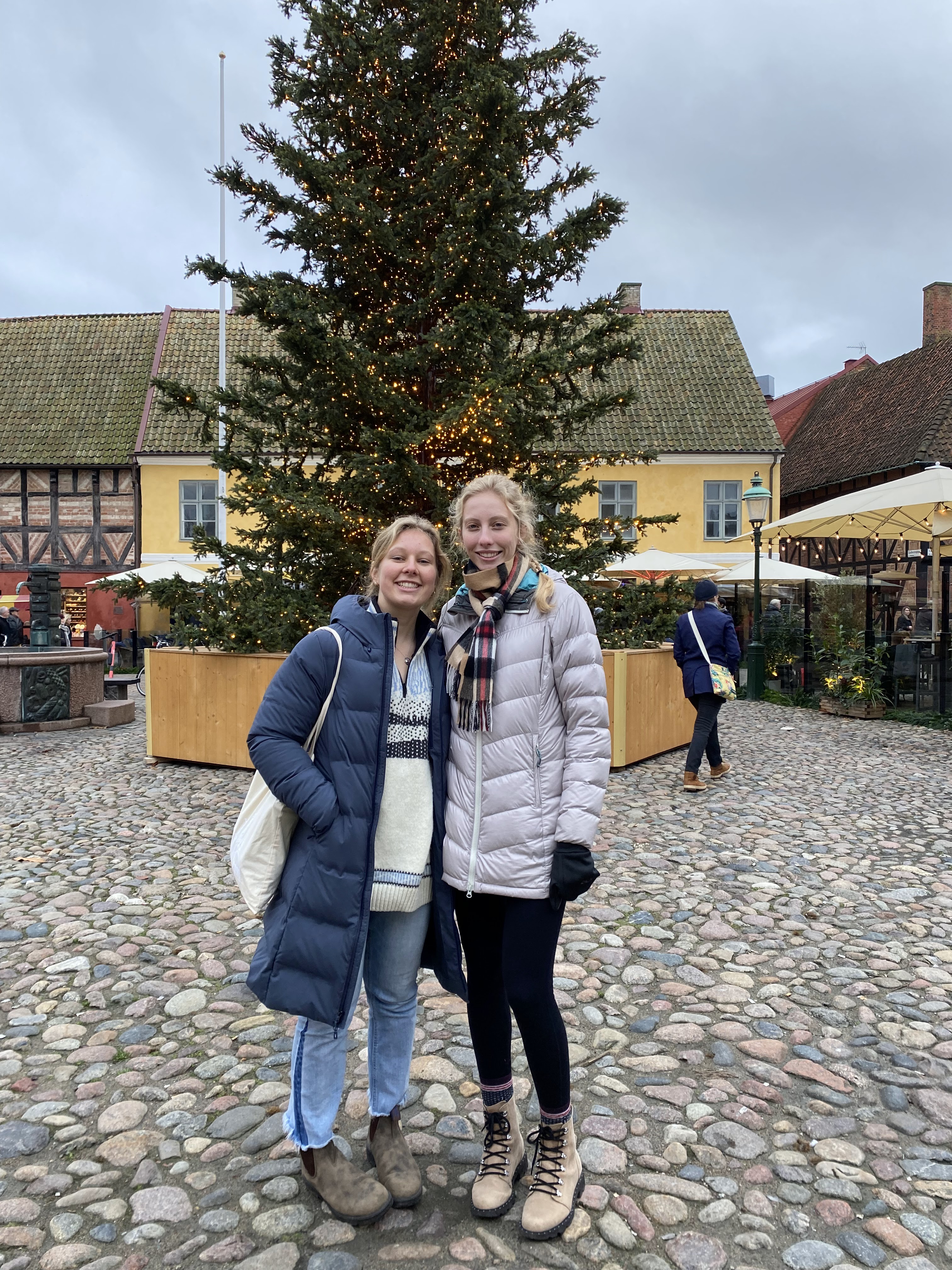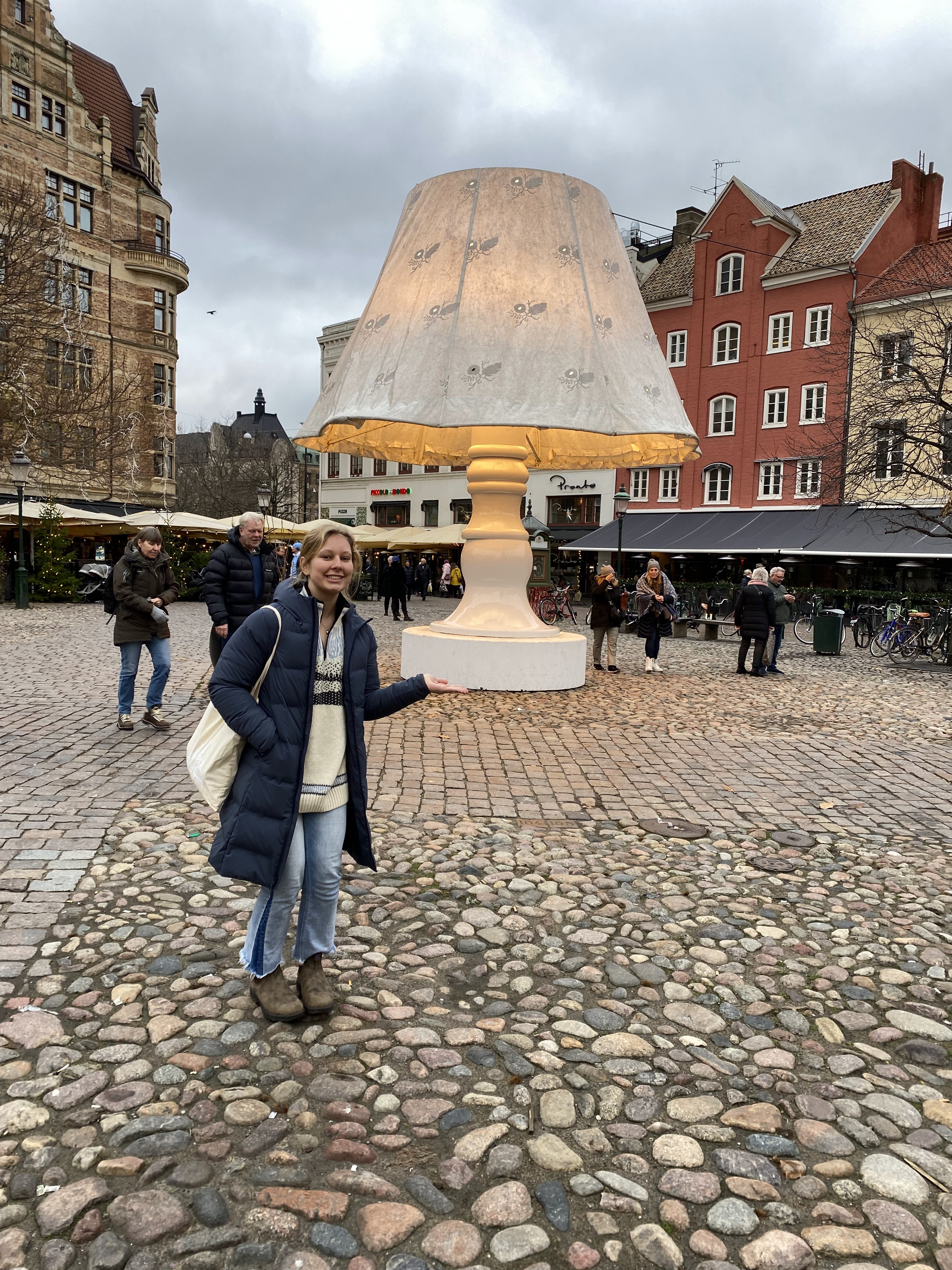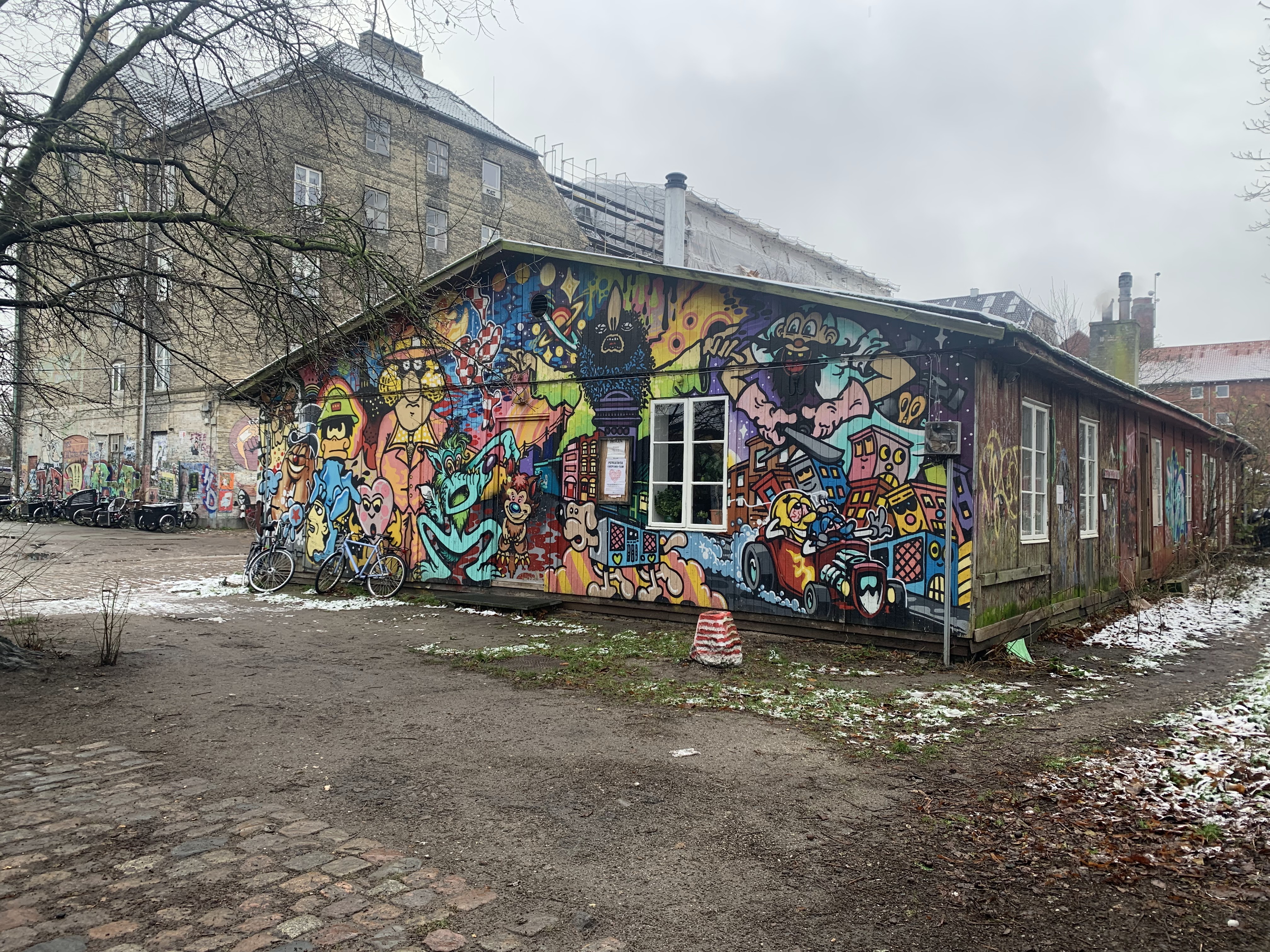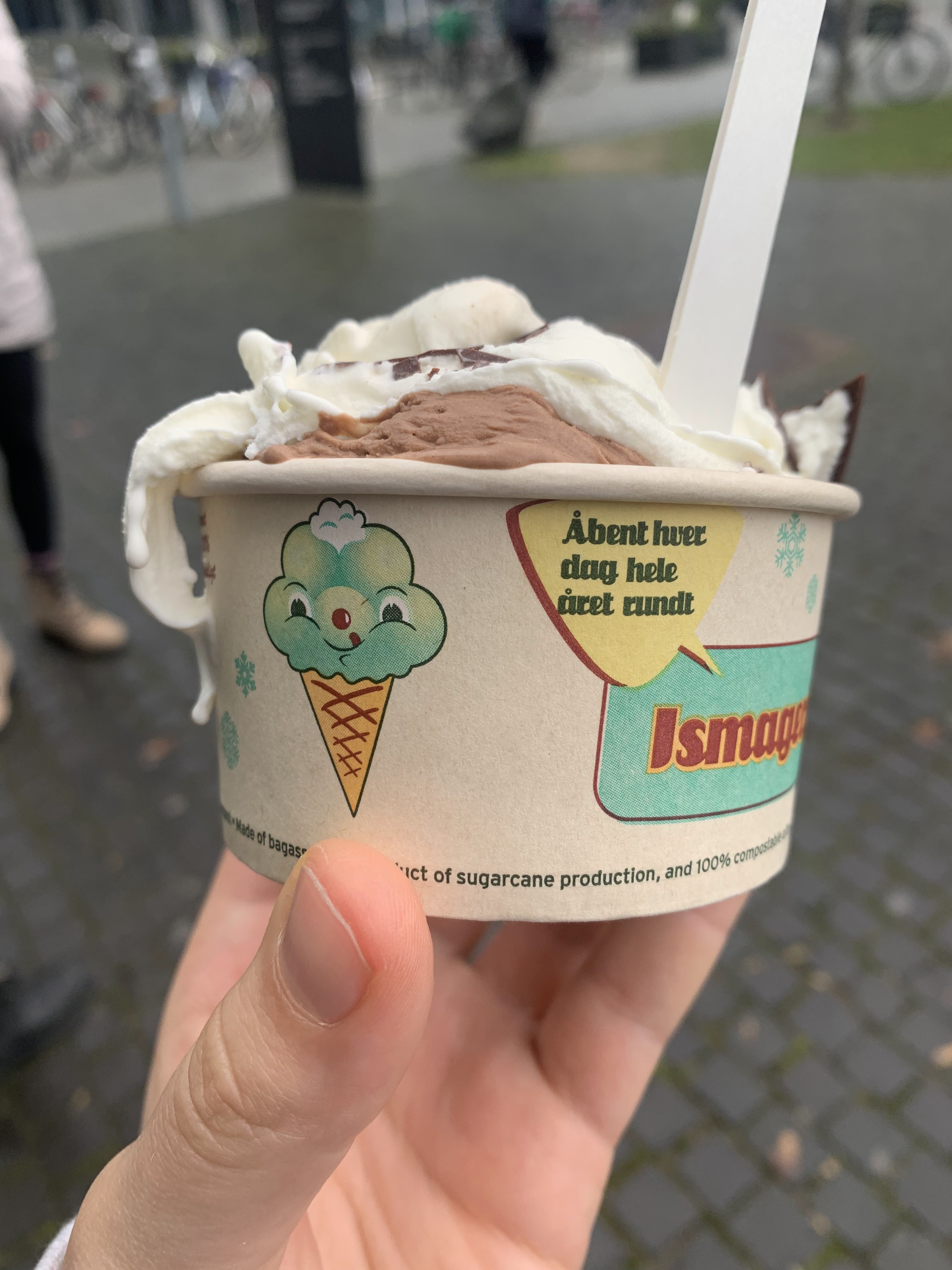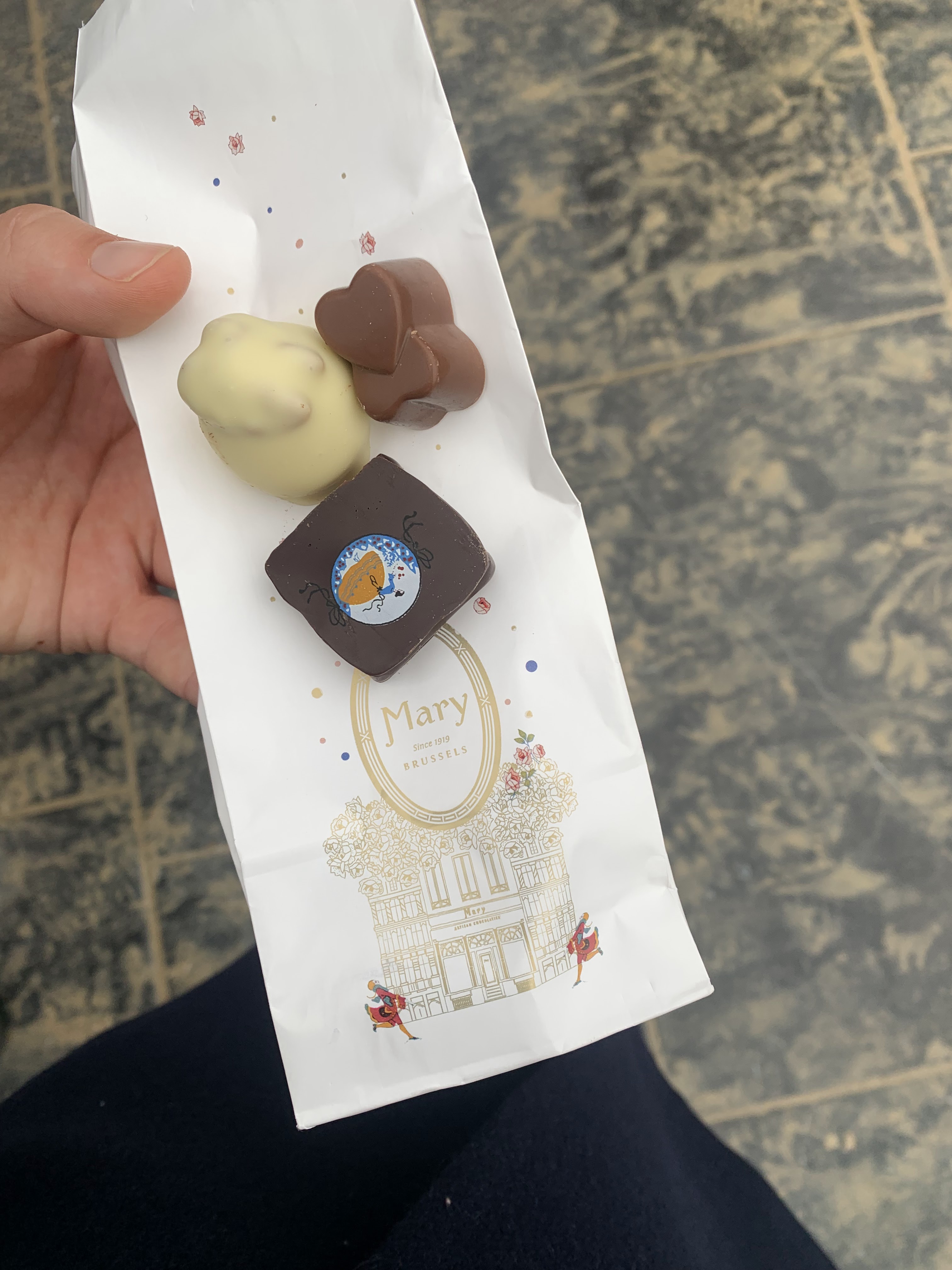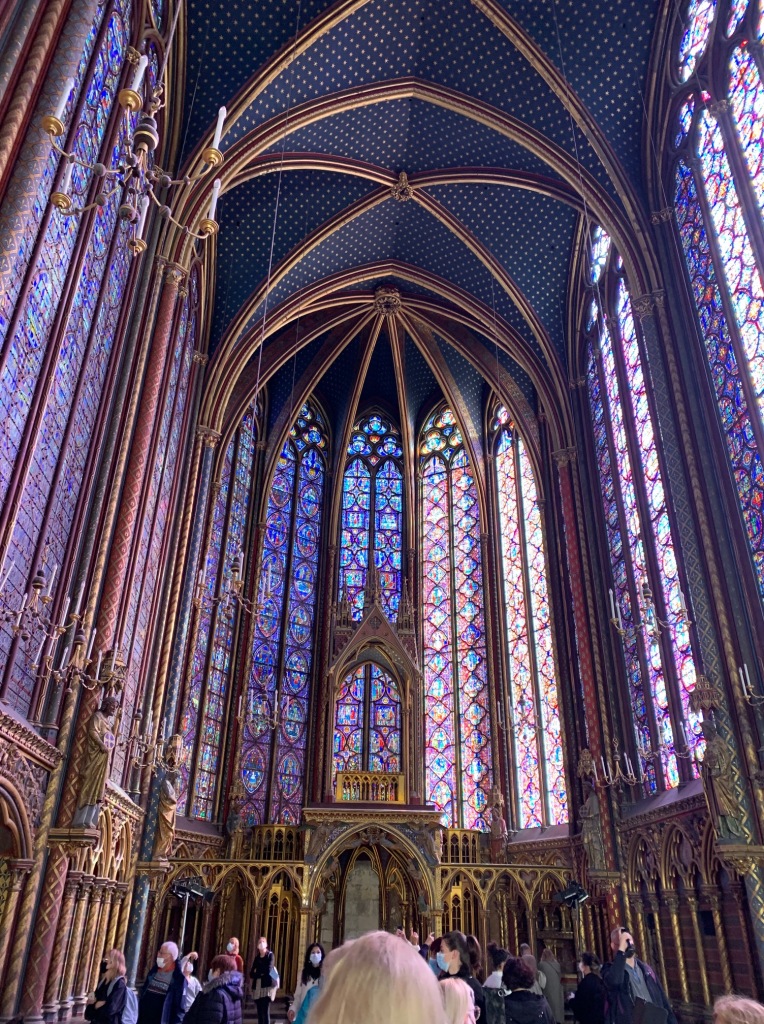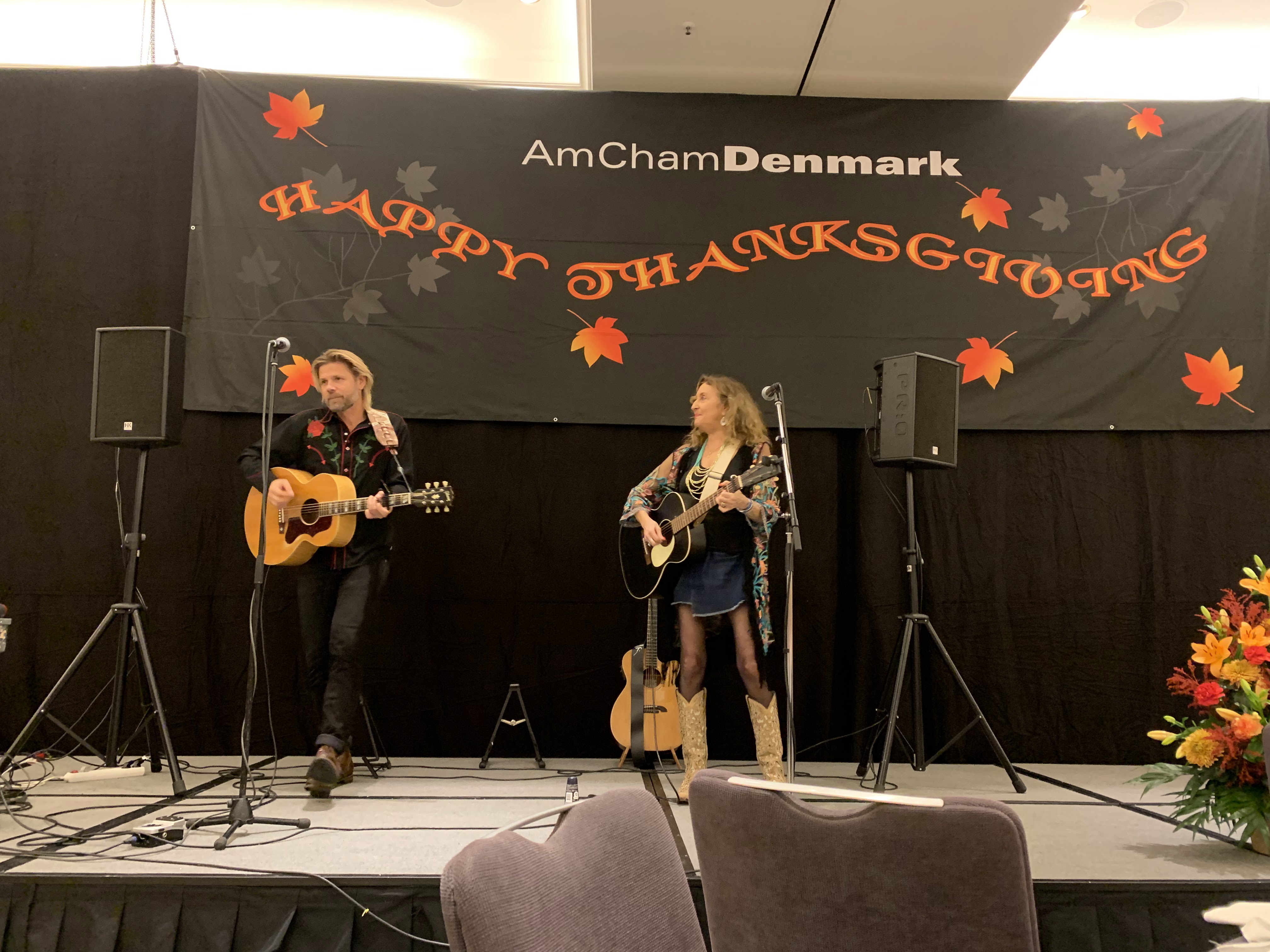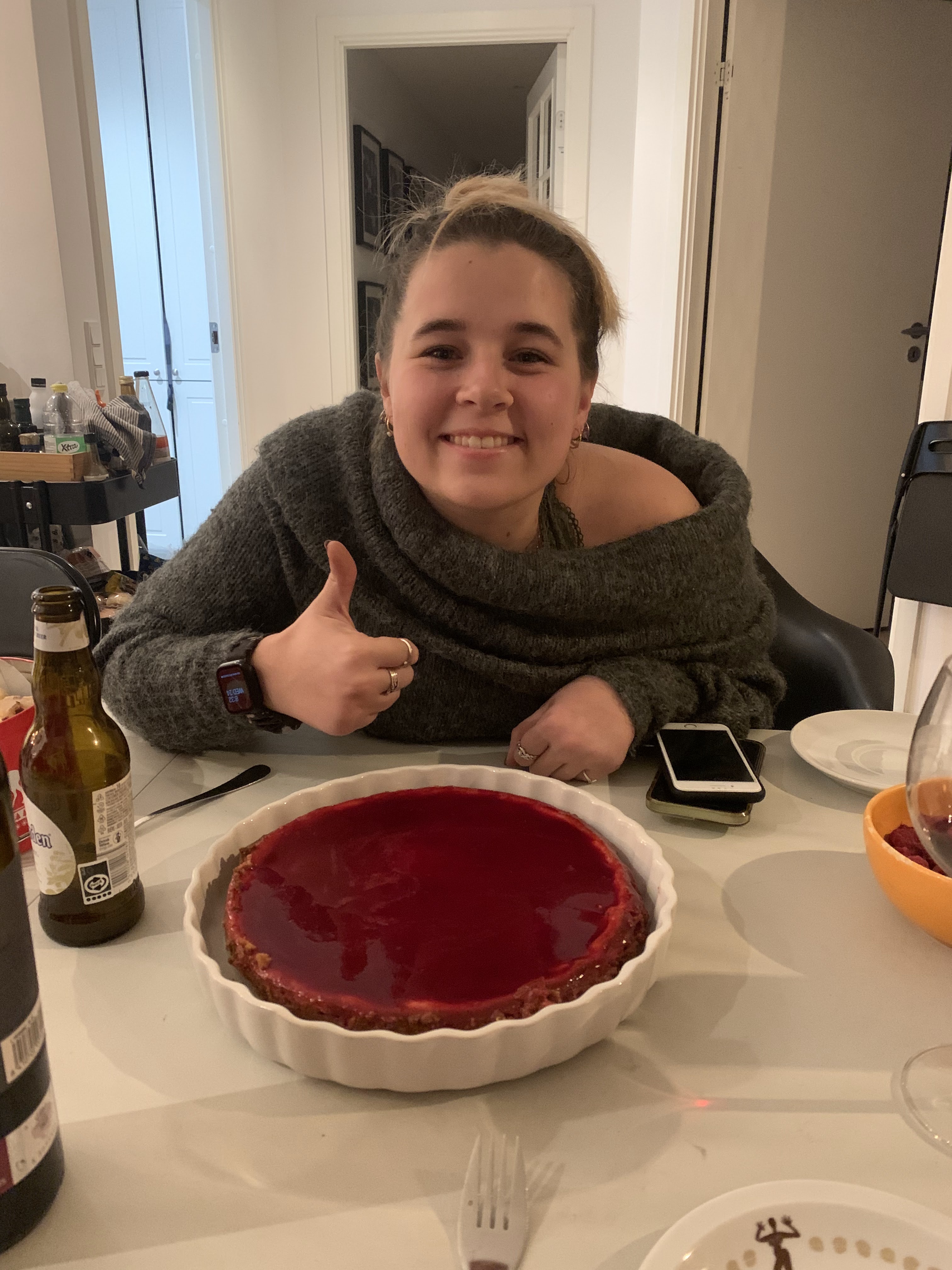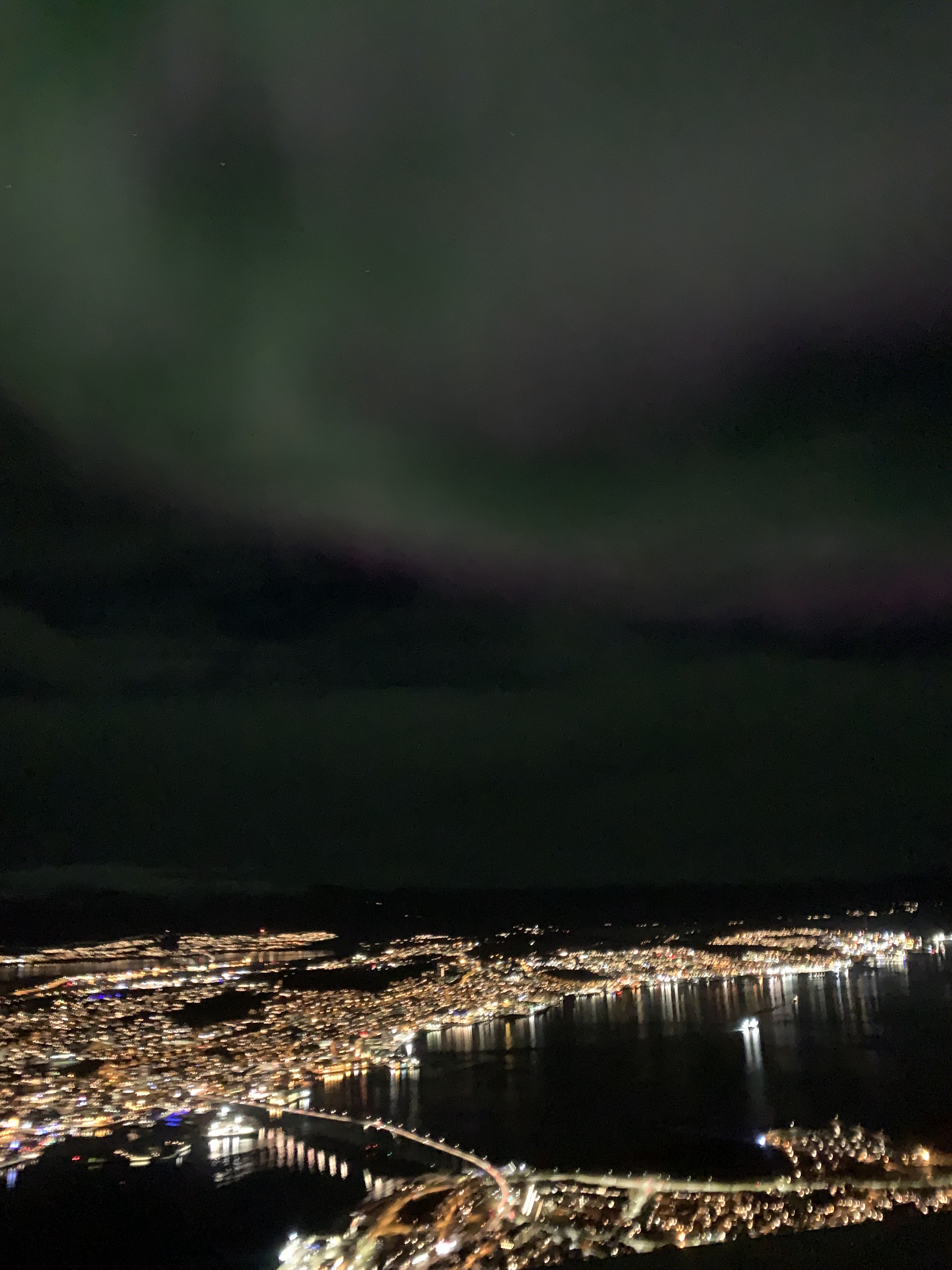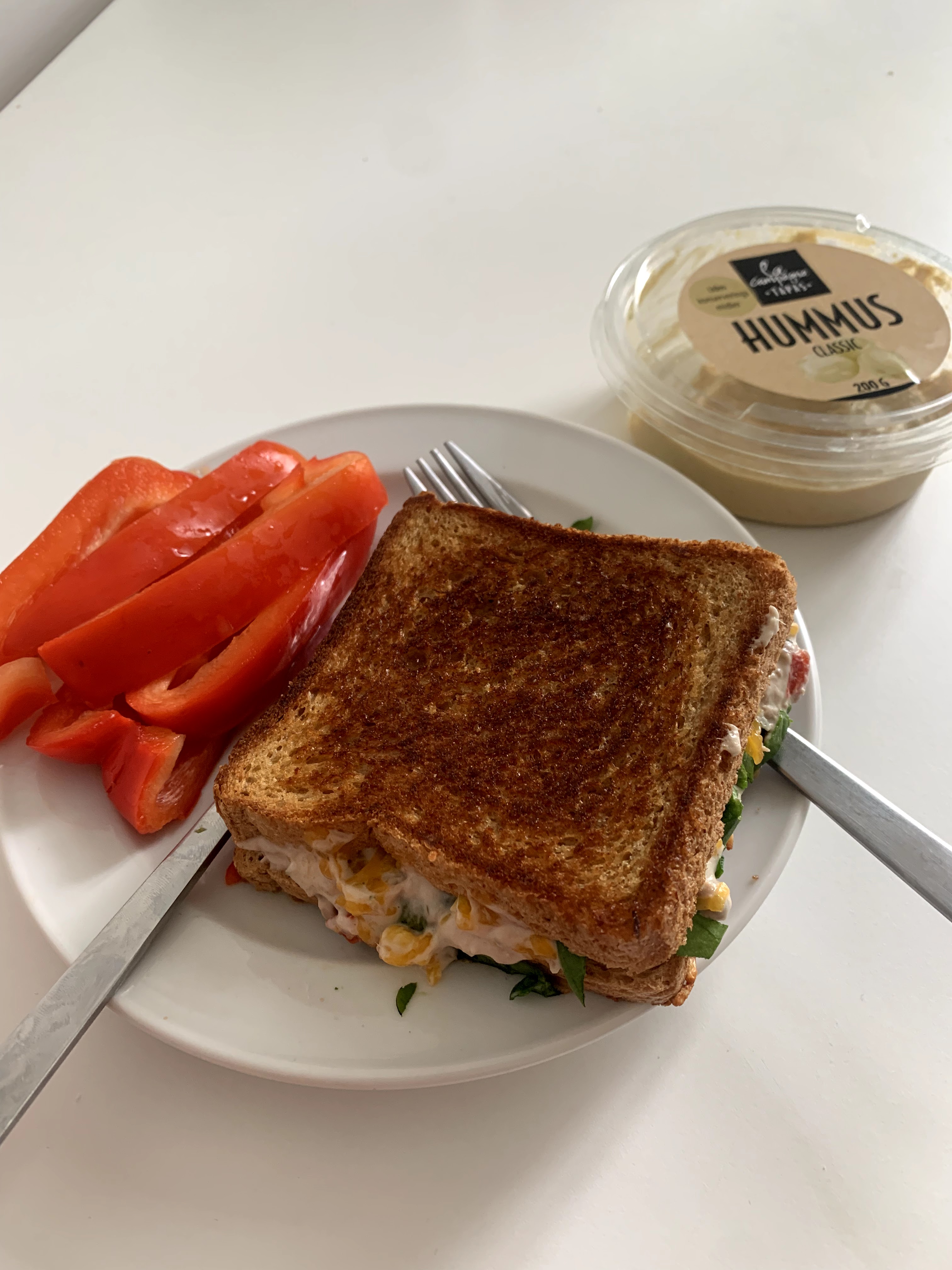I started this last blog post as the sun was setting over my kollgium at 3:30 PM. That was a month ago, to the exact day–I left Copenhagen exactly a month ago. It’s safe to say that the sun has since set over my kollegium every day since then. Similarly, I think it’s safe to say that the sun has officially set on my time abroad. And I’m actually so sad about it. Seeing the new DIS students move in isn’t easy. I would give a lot to go back in time to moving to Copenhagen for the first time.
I had a pretty remarkable four months while abroad. I picked up my whole life and moved an ocean away from everyone I know; I almost got ran over by a bike about eight times; I fed reindeer out of my hands and screamed at the northern lights; I soaked in the rare Danish sun on a boat through the canals while enjoying wine; I marveled at the art and food that I thought I would only see in my high school history books; I befriended homeless people who I now say hi to when I see them on the streets; I stuffed my face with not only one, but two baguettes while walking along the Seine; I reunited with a friend I haven’t seen in three years in the streets of Milan; I lost my voice at a Denmark national soccer game; I snuggled up with friends around a campfire under the stars in the Arctic Circle at midnight; I accidentally walked a 16-mile hike around Amager; I danced through the streets of countless cities; I learned about four words of Danish, and did it all in some of the best company I could’ve imagined.
I lived in housing where someone drew smiley faces in the snow on all of the bicycle seats–all 31 of the bicycles in the line. Copenhagen is an alternate universe filled with happiness.
So, yes, I am still a bit sad to be home from this utopian society (sorry mom).
While I was abroad, I learned about history by being in the places where history happened. I learned about different foods by eating them. I learned about different languages by listening to them. However, I’d say the most important part of studying abroad was learning about life through living it.
So what am I taking home with me from my experience abroad?
My first takeaway is patience and flexibility. Sometimes I had really frustrating and annoying days where nothing seemed to go right and no one was there to help me: when I got pink eye, when I had to pay $50 for a United States notary, when I had to file an insurance claim, when I had to go directly from the airport to class after getting no sleep the night before. These things build character! There are many times that patience and flexibility would’ve been helpful–my mom would kill me if she knew I walked an hour through the suburbs of Brussels in the dark because I didn’t want to pay $5 for a cab because I was already frustrated from paying extra money for transportation that I didn’t want to. In retrospect, it was a highly stupid decision that I won’t be making again. Patience and flexibility would have been useful when I was faced with making that decision.
My second takeaway is a shift to a more understanding, well-rounded mindset from my classes. I took depressing classes this semester: Environmental Economics (AKA–how the earth is dying and the only way to get people to care is to make it economically appealing to them), Criminology and Criminal Justice in Scandinavia (AKA–how people in prison are treated poorly and there is much room for improvement), and Terrorism and Counterterrorism from a European Perspective (AKA–ok actually, this one is pretty self-explanatory). I also took EU & US Relations: Partners or Rivals, which didn’t deprive me of hope but instead offered strong evidence why some things in Europe and the US are strongly different and why cultural aspects (including the criminal justice system, counter-terrorism methods, and wind-energy processes) can not easily be picked up and transported across the ocean. My classes also reminded me that everything in our life is propaganda and all the information we learn comes from people who have their own internal biases… our classes, our textbooks, our media, and even our countries. Again, I’d like to throw it out there and remind you that I’m a chemistry major.
My third takeaway is that I want to prioritize my life differently. While I was abroad, my life was a blank canvas. I got to shape my life exactly how I wanted to because there was no foundation already. I hope to try to rearrange my priorities at home to reflect my life while abroad: less focus on classwork at home, a higher concentration on having fun, and a larger prioritization of eating healthy balanced food (and of course pastries), exercizing, and being outside because they make me SO happy !!! Happiness is so important and sometimes you have to work to get a little hygge in your life. Trust me, it’s worth putting in a little work to change your schedule to optimize happiness.
My fourth takeaway is that I can change any part of my life at any time (INCLUDING MY PRIORITIES). Lets hear some examples: Something is making you angry? Get rid of it. Wish someone was your friend? Say hi and ask to get coffee. You decide you wanna go to medical school? Start putting in the work, you’ll get there eventually. You hate your job? Quit and have the confidence in yourself to find a new one and deal with the struggles along the way. So, yes, you can change anything in your life at any moment, you just have to put in the work.
My fifth takeaway is an active practice of gratitude. Sometimes I’d be so caught in my head that I would be worrying about plans or 1000 miles away thinking about my classes. To bring myself back to the moment, I would look around for some things I was grateful for and think about how cool it was that I was in Copenhagen. The fact that I was in Copenhagen really never lost it’s magic for me. I’d experience that magic ever single day on my walk to school on the bridge over the canal. One quote that comes to mind is “be where your feet are.” It’s something that I’ve always used to bring myself back to the present because my mind tends to wander. For me, hearing that quote automatically makes me think of things I’m appreciative of in the present moment. Right now, one of them is the music I’m listening to while I write this blog post and my mom who just made me dinner.
My sixth takeaway is to take more risks in life. I’ve found that risk is often worth it because its a high chance of adventure. Because, honestly? Life turns out fine most of the time. And if not, I just deal with it. Sometimes my risks led to moments of high embarrassment, but that only made me to realize that no one actually cares what I’m doing. And if I ever really suffered that much from a risk I took, at least it gave me a good laugh and a good story to tell later. Even after every issue I’ve had and ever risk I took, I’m still alive–humans are adaptive and resilient. I lived through the challenges and moved on. Truth be told, I was surprised how many things I took in stride while abroad like sleeping overnight in an airport, losing $50 on a bus ticket, and forgetting my wallet on a grocery run.
My seventh and last takeaway is the friendships I made. Being in your early 20s, you’re gonna make a lot of fast friends and see them move through your life really fast. Abroad is no exception. However, despite only knowing my roommate for four months, I told her that she’s 100% invited to my wedding no matter what. And Genevieve takes that stuff seriously. The two of us shared a couple Carlsbergs, much needed cooking advice, sandwich chocolate, gossip from classes, and countless memories that include, without any context, a shrunk shirt, cows, trolls, pigeons, and kinder eggs. I also have many more friends that I’d like to thank for countless bachelorette viewings, late night runs to Netto for butter biscuit cookies, pastry stops at St Peters, dinners where my friends cooked for me while I watched, and my overstuffed suitcase because they bad influences on my spending habits. In addition, being abroad was a nice reminder that you are who you surround yourself with. I have to say, that I loved who I was abroad, and I can attribute that to my marvelous friends and the Danish general public.
So now I’m home. I’m eating less meat, walking more places, practicing hygge, watching my consumption of material goods, and leading my life with a bit more of a Denmark inside of me.
There is nothing quite like learning about the world by living in it. You can’t truly appreciate your home until you leave. And you cannot truly appreciate other places in the world until you travel there. Sometimes being abroad was work and it was hard and difficult, but I had the time of my life–my four months abroad were nothing short of spectacular.
Everyone knows the stereotypical people who won’t stop talking about their time abroad and talk about it like it is their only personality trait. They’ll say that it was the best time of their life. In some ways, I will be like those people: I’ll say that my time abroad was amazing and I will also talk about Copenhagen for hours, maybe even days, if someone asks me to. However, in one main way, I’ll differ. I live by a code. You can’t label something as the best of your life because you should be living every day thinking it has the potential to be the best. I wouldn’t say that study abroad completely changed me. But I’d say it improved my life in all the ways that mattered and it was an unforgettable experience.
I’ve been home for a bit now and it’s been a bit of an adjustment. I wasn’t supposed to be home actually, I was supposed to be continuing my adventure in Berlin, but alas, cannot dwell on what didn’t happen. Gotta move forward and keep enjoying life. Without the cancelation, I wouldn’t have adventured to Vermont. Where I learned to knit, perfected pastry making, and remastered skiing! And watched the Buffalo Bills get seven touchdowns with seven possesions! The US can be exciting too! Okay, maybe a little less exciting than Europe, but I’m still finding the magical parts of each day.
So yes, the sun is setting on this adventure. But even when the sun is completely gone, the adventure won’t be. And the sun rises again, a new day and a new adventure.
I’ve always been convinced that I’m going to make a super unconventional decision that will forever alter the course of my life. Who knows? Maybe that decision will land me in Copenhagen again. I hope so.
With lots of love, Tess








